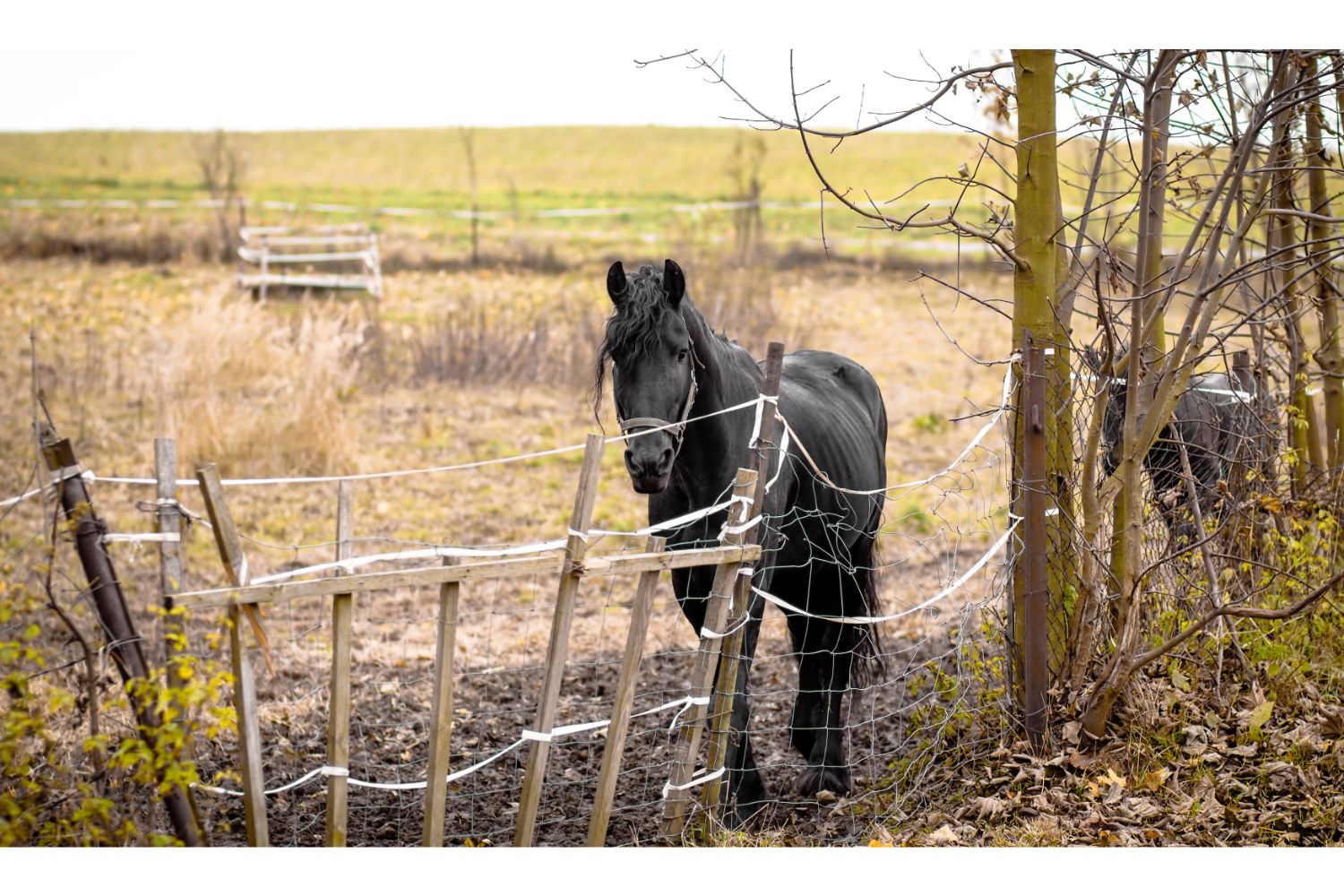Menu

Something we wish we did not have to witness or read about, but unfortunately equine negligence persists all throughout Europe. But what can you do if you see a neglected horse, what are the best photos to get and what to be aware of? We have spoken to equine welfare organisations to help explain what you can do to help cases of negligence.
Negligence of horses vary from country to country. That means, it can only be called negligence if it is against the law in the given country. So, number one rule is to be aware of the current laws in the country where you might observe negligence. If there is no law against general lack of horsekeep, such as too long feet, then unfortunately, there is nothing animal protection organisations can do. First when the law is disobeyed, they can intervene to try and help and worst case contact the police for further action. In most countries extreme malnutrition, lack of food and water, big open wounds or broken body parts counts as negligence.
It is always forbidden to cross private grounds, but in most countries, you are allowed to take photos and video as long as you are standing on public ground, such as a road. But make sure to check within your given country. If you on the other hand have been invited onto a private ground and see a neglected horse, you can take documentation such as photo or video. But always be careful as owners may get offended.
Photos and videos are undoubtably the best type of documentation when it comes to cases of negligence. The best photos are close up, both sides of the horse and front and back. If it is a pony, then try and get photos from above. Try and get photos of the ribs and hipbones as those are often clear indicators of malnutrition. Photos tend to manipulate, and the horse may look worse in real life and a thick winter coat can easily hide a very underweight horse.
An important element is to film where you are, the surroundings which may show a lack of water or food and very importantly film or video characteristics, such as markings of the certain horse. This way it is easy for the authorities to find it or determine it missing. Always note where you are, the address or a pin on maps. But never cross into private ground.
Remember that there may be many reasons why a horse might look neglected. It may have had an operation, be under treatment for certain diseases or be difficult to feed on. If you are in doubt and you are feeling brave, it is an option to knock on the door and ask the owner how the horse is doing. Remember to be polite and understanding of the certain situation the owner may be in.
There are cases where the owners have lost their jobs, family members, become sick or are experiencing dementia and simply cannot remember to feed the horse. None of above are excuses to neglect horses but contact the animal protection organisation in your area instead of intervening further.
Several thousands of horses are neglected every year throughout all of Europe. Luckily many foundations work to help these horses, but it is expensive and hard work. Covid19 certainly did not help the cases of equine negligence.
In France criminal proceedings for equine abuse increased by 209% between 2019 and 2020. This is partly explained by the wave of mutilations of equines that occurred in 2020 (1,600 serious abuses recorded in the third quarter).
In 2018 in England and Wales welfare concerns were reported involving around 7.500 horses (World Horse Welfare).
In Denmark in 2023, over 4000 horses were reported to one of the welfare organisations in the country (Hestens Værn).
Keep in mind, that these numbers are just figures, that actual cases can be very difficult to count and the determination of what is neglect may differ from country to country.
Depending on the country and the regulations, most welfare organisation will go to the property after an inquiry about neglect. They will talk to the owner, understand their situation and observe if they are aware that they have neglected horses in their care. In Denmark the organisation will provide the owner with a detailed plan and a schedule for when what needs doing. Choosing the most important first. Ex. they will come the following day to see if they have bought feeds for the horses. They may help arrange a time for the farrier, the vet or demand to muck out, supply bedding or shelter or fix fences. In some cases, the list can be long. If these agreements between the owner and the organisation are not kept, the case will be forwarded to the police. The police have the authority to remove the horse(s).
Most animal protection organisations are always in need of help as most their workforce is based on volunteers and as most of us knows that horses cost money. Some vets will provide free services, but most have to charge. You can help by donating, offering to volunteer or even adopt neglected horses. Get in touch with your local animal protection organisation for more information.
Ghita Zangger Madsen from Hestens Værn: https://hestens-vaern.dk/
https://www.worldhorsewelfare.org
https://www.rspca.org.uk/utilities/contactus/reportcruelty/crueltychecklist